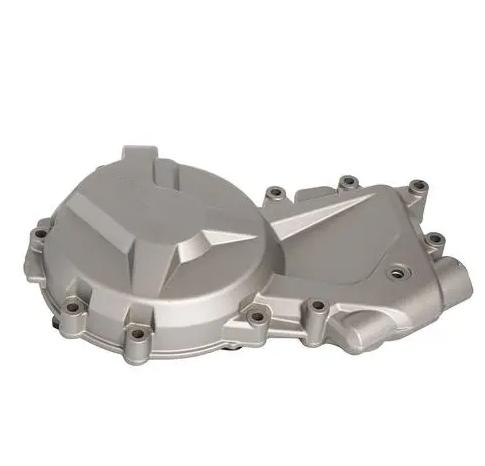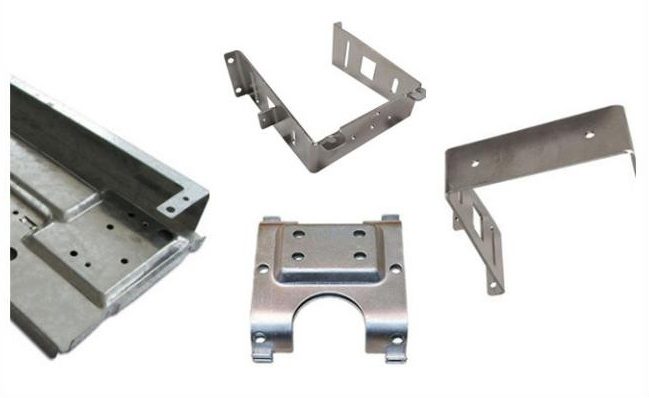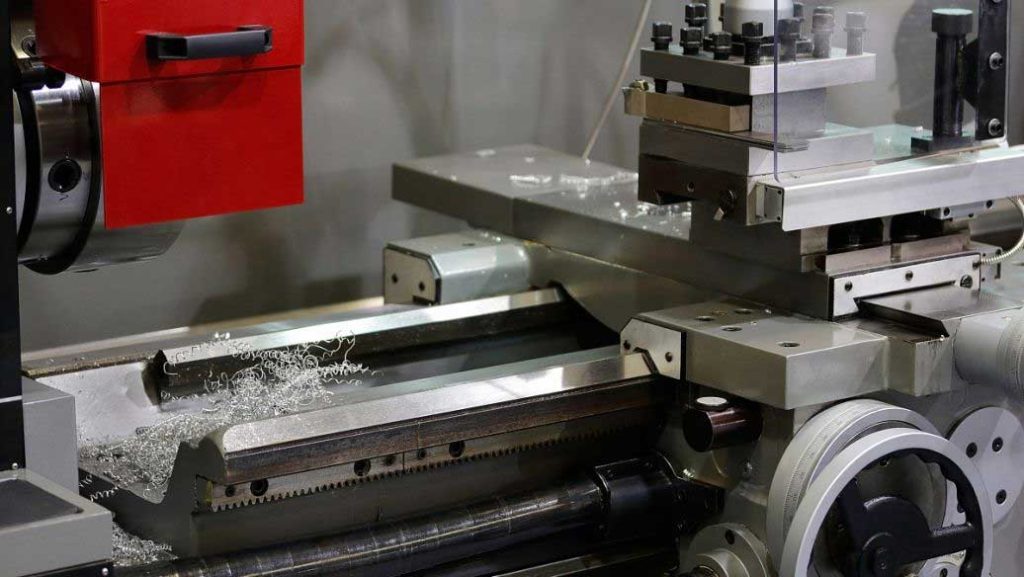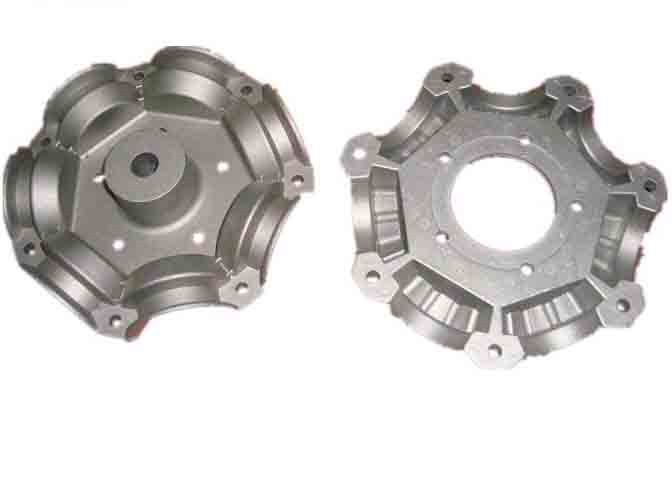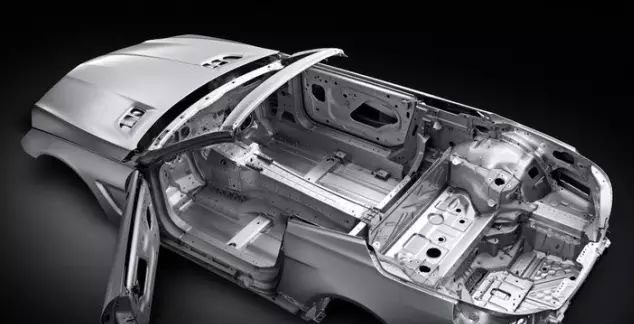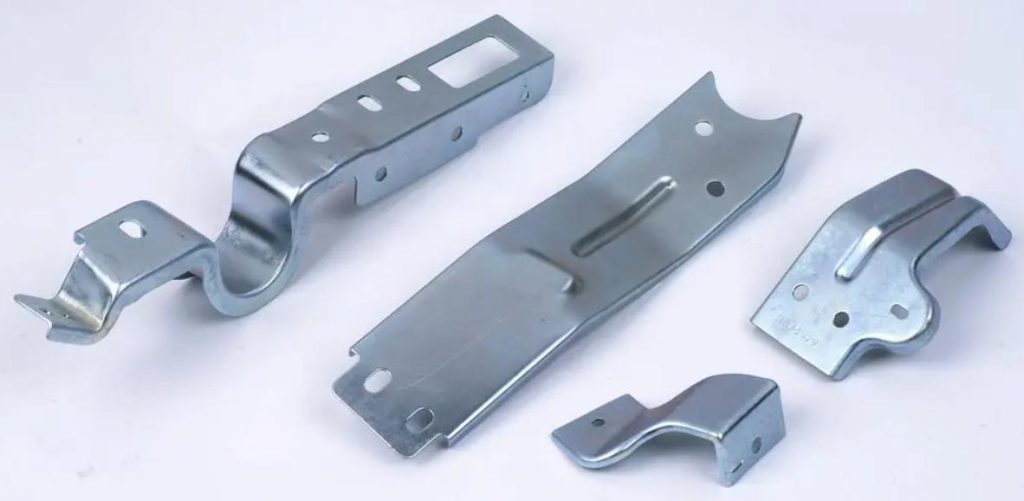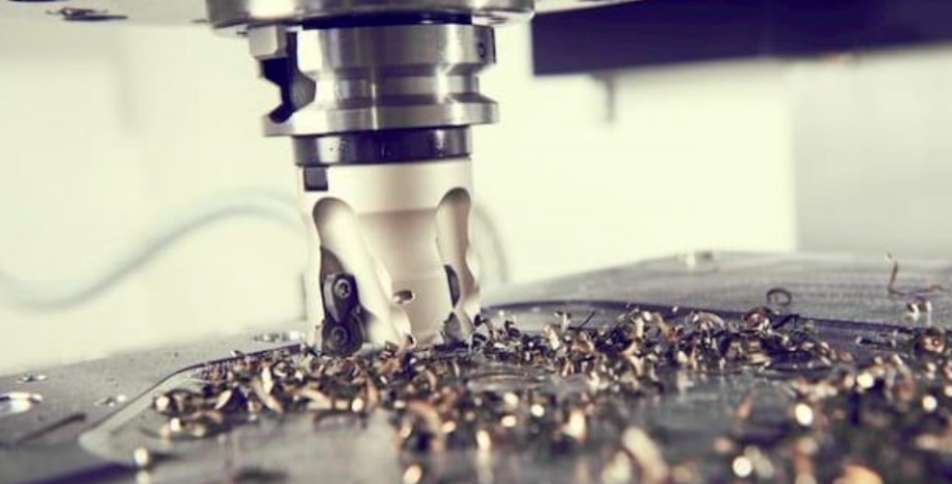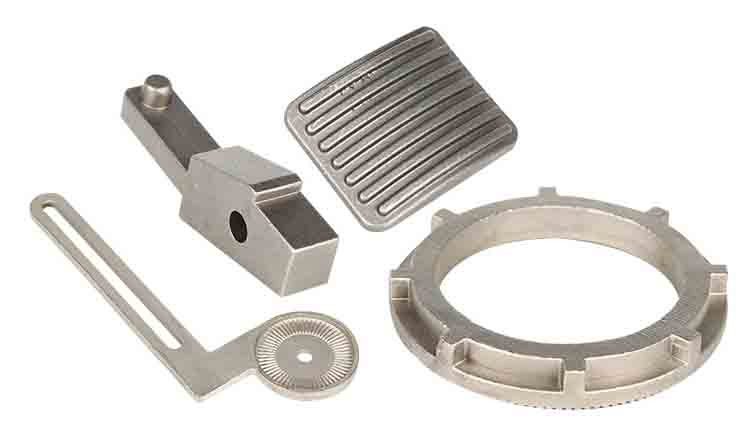Metal stamping manufacturing processes can quickly and cleanly create solid metal parts and forms. The process uses specialized dies that press sheets of metal into precisely the right form. The automobile manufacturing system is very large. Most of the large exterior parts on the car, such as front and rear covers, doors, and roofs, come from stamping workshops. While stamping is only one of the four major automotive manufacturing, why is stamping the most important part? This article will take you to understand it.
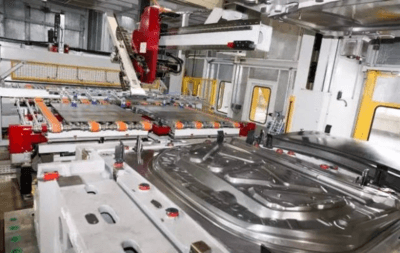
What are the Four Crafts of Auto Manufacturing?
Since Ford invented the assembly line in 1913, after more than 100 years of evolution, you can see at least four workshops in a standard automobile factory today, which are the stamping workshop, welding workshop, painting workshop and final assembly workshop. It is the four major processes of automobile manufacturing. Whether it is a 50,000-level mini car or a million-dollar luxury car, as long as it is a mass-produced car, it cannot escape the four major technologies. Even if it is a purely hand-built sales model, the core of its manufacturing ideas is still the four major technologies.
4 Processes of Automobile Manufacturing:
1. The first step of automobile production: stamping process
- A. Separation process: blanking, punching, cutting, trimming, sectioning, notching;
- B. Forming process: bending, deep drawing, flanging, shrinking, bulging, flaring, shaping.
2. The second step of automobile production: welding process
- A. Body assembly: bottom plate assembly, left side wall assembly, right side wall assembly, engine compartment partition radiator bracket, front fender assembly;
- B. Door assembly; top cover assembly; engine cover assembly; trunk lid assembly.
3. The third step of automobile production: coating process
- A. Pre-coating treatment: hot water pre-cleaning, pre-degreasing, phosphating, water washing, etc. 12 treatments for oil stains;
- B. Primer coating: electrophoretic coating method; middle coating: a combination of manual painting and automatic electrostatic coating is generally used; topcoat coating: divided into single-coat, double-coat, and three-coat process method.
4. The fourth step of automobile production: final assembly process
- A. General assembly line; sub-assembly line; vehicle inspection line and adjustment;
- B. Repair; test road and parts; assembly storage place;
The First But Never the Least Processing – Stamping
Stamping is the first step of the four major processes. Generally speaking, it is to turn a thin and flat steel plate into a part with a specific shape. So for the stamping workshop, the raw materials are steel coils that look like toilet paper, and when they have been pulled apart, they are long steel plates. Then cut to the appropriate size as needed. The stamping workshop of the OEM mainly produces outer cover parts, such as front and rear covers, doors, roofs, side frames, fenders and so on. These parts have several characteristics. First, they are large in size. Second, they require high dimensional accuracy. Third, they are inconvenient for long-distance transportation. Therefore, OEMs generally do not outsource these parts, but choose to produce them themselves. First, they avoid long-distance transportation. deformation, and secondly, it is convenient to control the quality. The other small structural parts on the car are generally outsourced to suppliers, so the stamping workshop is more like a parts supplier that is produced and sold by the main engine factory. A semi-finished car moving on an assembly line.
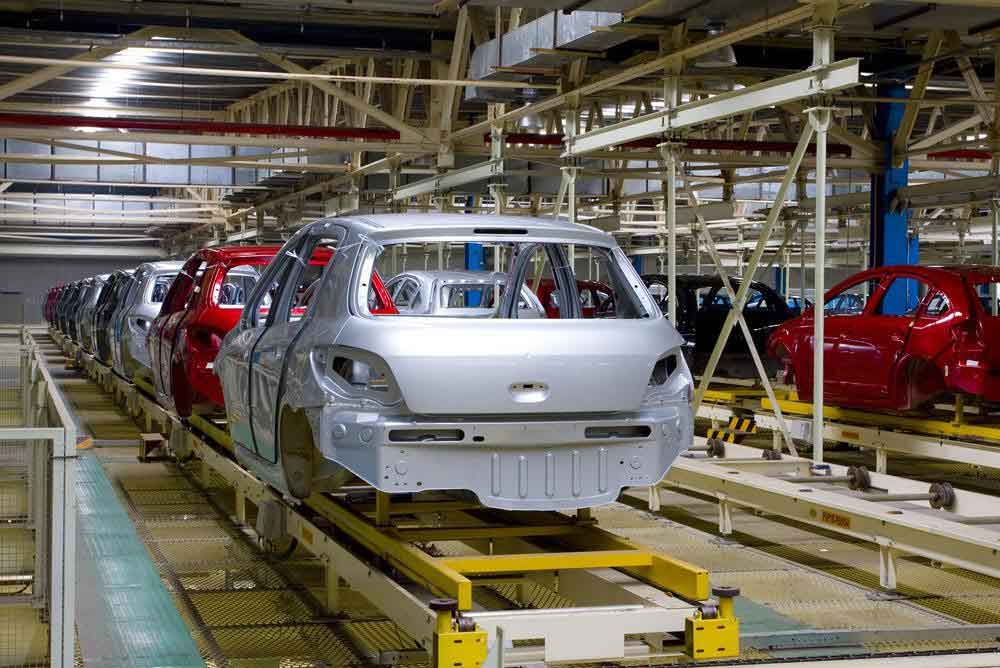
Benefits of Metal Stamping
Auto manufacturers benefit from using metal stamping for parts like fenders and hub caps because the dies can be used again to create consistently sized and shaped parts that meet tight specifications and tolerances. Some key benefits of metal stamping include:
- Cost-Effectiveness: Once the dies have been made, manufacturers can create high-volume runs of automotive parts at a low cost. Metal stamping techniques can handle a variety of metals, which allows companies a large degree of flexibility without additional costs. The metal stamping dies themselves are also cost-effective to create and keep in good working condition. The finishing steps of producing the parts, like plating, are also cost-effective.
- Material Efficiency: Metal stamping processes use sheet metal to create parts. Sheet metal is efficient and doesn’t add wasteful heft or thickness to the part. Sheet metal can be used for an array of parts, including structural elements, the chassis, and mechanical components in the engine or transmission systems.
- Automation: Metal stamping processes can be handled entirely by machinery. Not only does this reduce the risk of human error or inconsistency, but it also lowers labor costs and keeps employees safe.
Conclusion
Metal stamping is now a tighten part of our life, everywhere you can see it or not it might be related to metal stamping, JTR has believed that metal stamping as one of the CNC machining methods would help us improve the world, and we have been chasing for an always better service. If you are looking for a professional CNC manufacturer, you can contact us, don’t waste much more of your time, contact us now!


